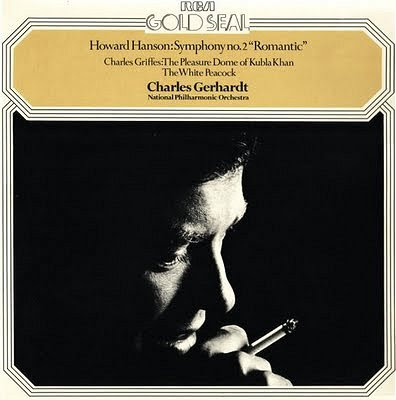With special thanks to the banjo for inspiration

In the credits for Martin Scorsese's film adaption of Nikos Kazantzakis' The Last temptation of Christ the director included the message "Nass-El Ghiwane: special thanks for inspiration". When Kazantzakis' novel was published in 1953 its controversial portrayal of Christ earned it a place on the Catholic index of forbidden books. Scorses's 1988 film used a soundtrack compiled by Peter Gabriel that reflected Kazantzakis' revisionist viewpoint, with tracks from Nusrat Fateh Ali Khan, Youssou N'Dour, Nass el Giwane, L. Shankar and Baaba Maal. The inclusion of Nass El Ghiwane's Ya Sah brought the Moroccan folk rock group to the attention of an international audience. Formed in 1970, Nass el Ghiwane had their roots in political theatre, and they celebrated in song the 1975 'Green March' by Moroccans who occupied the disputed - and still disputed - Spanish Sahara, now the Western Sahara. Central to the appeal of Nass El Ghiwane was their fusion of traditional and contemporary styles. This was reflected in their instruments, with a gumbri, the string bass of the Gnawa, matched with a Western banjo and traditional percussion of bendir and tbila.

Nass el Ghiwane are credited with introducing the modern banjo into the contemporary music of North Africa. However the banjo family has a long history in Morocco, and a traditional Berber banjo - a lotar - is being played in my header photo. Because of its small size (there are three and four string versions) the sound of the lotar was not loud enough for public performances. So first the s'nitra, a fretless banjo that can play the micro-intervals of Maghrebian music, was adoptd by Nass El Ghiwane, and then as their audiences grew they adopted the louder-voiced full-size Western fretted banjo.

I took the photos in the atelier of luthier Mahjaub Laktib, which was in an alley off the Essaouira souk close to our rented apartment. That is Mahjaub playing the lotar; he makes both lotars and gumbris and his customers include leading Moroccan musicians. As can be seen by the marquetry work on the gumbris in the second photo, Mahjaub's instruments are works of art. In the photo above the body of a gumbri in the early stages of being covered with camel skin can be seen close to his right hand. Covering the back wall are karakebs, the iron castanets that are an integral part of the unique sound of Gnawa music. Although the modern banjo has found a place in contemporary Maghrebian music it has been less fortunate in Western classical music; however it can be heard in Hans Werner Henze's Sixth Symphony, Ernst Krenek's Kleine Symphonie (which uses two banjos), George Crumb's Night of the Four Moons, and in opera Kurt Weill's The Rise and Fall of the City of Mahagonny and Delius' Koanga. I am off on my travels again, so posting will be sporadic for a while.

Mahjaub Laktib's exquisite handmade lotars and gumbris cost from a very reasonable 800 Moroccan dirhams (85 US dollars) and he can ship them overseas. Anyone seriously interested should contact me in the first instance. Photos are (c) On An Overgrown Path 2016. Also on Facebook and Twitter.









Comments